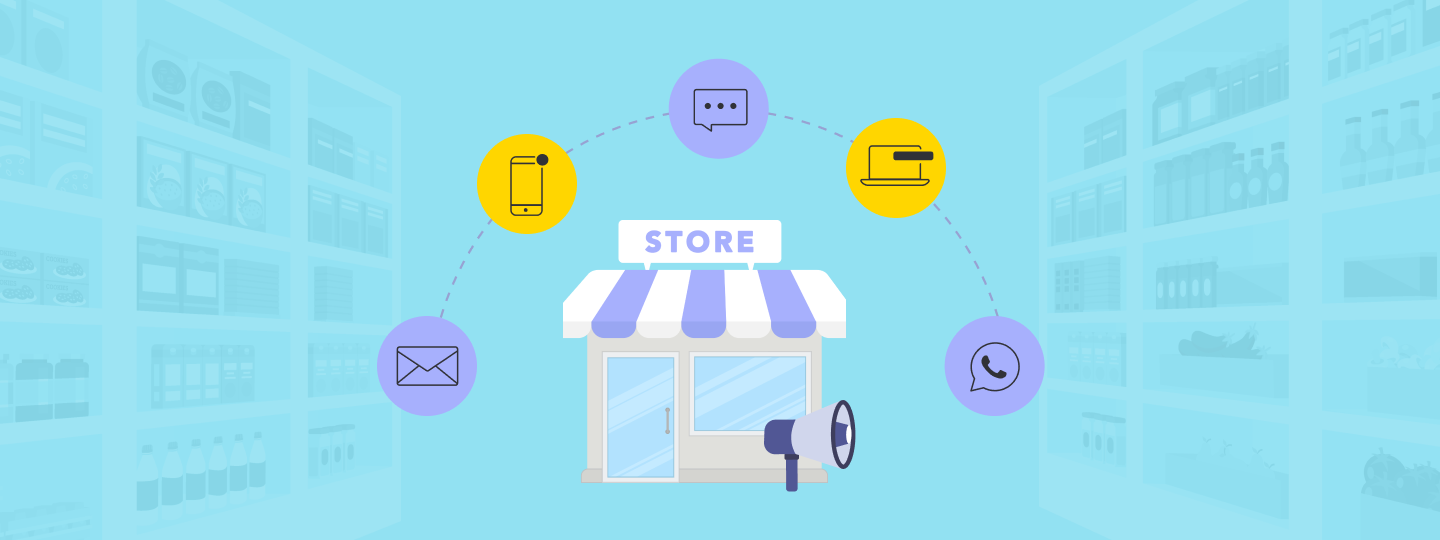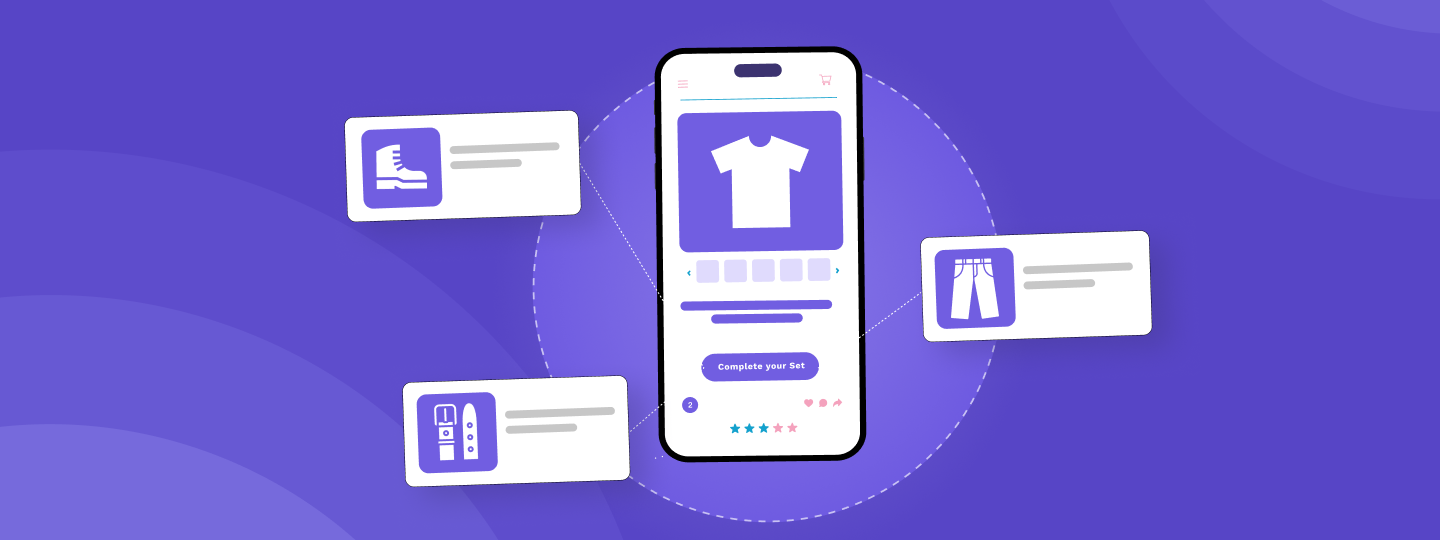Table Of Contents:
1. Blasting
2. Sending too frequently
3. Not optimizing marketing for mobile devices
4. Not including a Call To Action
5. Not capturing important data
6. Only trying to get new customers
7. Always selling
8. Relying solely on one channel
9. Only using one or two points of data
10. Not using A/B testing
Mobile marketing automation market size
Implementing marketing automation—the practice of using software, templates, and behavioral triggers to create systematic marketing campaigns and responses—is strongly correlated with business growth. Just look at these statistics:
- Gleanster’s Marketing Automation Benchmark found that 79% of top-performing companies had been using marketing automation for more than two years.
- A Lenskold and Pedowitz Group study found that 63% of companies that are outgrowing their competitors use marketing automation.
- That same Lenskold and Pedowitz study found that 78% of successful marketers report that marketing automation had been the biggest factor in improving revenue.
With Digital Trends reporting that Americans spend an average of 4.7 hours each day on their phones, it makes sense for businesses to automate mobile marketing as well. Good automation leaves no stone unturned, reaching customers at all their mobile touchpoints: push notifications, mobile apps, the Web, social media, emails and more.
When done correctly, mobile marketing automation can build trust, increase customer satisfaction, create new customers, and boost existing customers’ number of purchases and per-transaction sales. Businesses implementing mobile marketing automation can start by avoiding these 10 deadly sins.
Here’s what not to do with mobile marketing automation campaigns:
1- Blasting
Marketing without personalization is not only a waste of a business’s time and resources but also customers’ time. Irrelevant messages are one of the quickest ways to annoy customers and increase unsubscribes and opt-outs.
Solution: Don’t throw everything at the wall and see what sticks. Segment customers into subgroups by categories. According to An Econsultancy report, 96% of B2B marketers say segmentation is the most valuable method for improving conversion rates.
For B2C marketing, go beyond just gender, age, and location. Consider past purchases, in-app behavior, contact preferences, lifecycle, social media shares and more. According to Experian Marketing Services, just personalizing an email can generate up to six times higher revenue per email compared to non-personalized emails.
2- Sending too frequently
For most people, the only thing worse than getting irrelevant emails and push notifications is getting them too often. Staying in front of customers is important, but there’s a cadence each business needs to develop regarding what is being sent and how frequently.
Solution: This is where good analytics come into play.
A customer who regularly buys something twice a week would expect to receive a variety of messages from the business, including digital receipts, notifications of new arrivals, shipment tracking, discounts for future purchases and requests for product reviews.
But a customer who only buys the week before Christmas would likely be annoyed to receive push notifications the other 51 weeks of the year.
Business should take the time to evaluate each customer’s click-throughs, visits, browsing and purchase history, shares and other relevant data that’s been collected to create an individualized automation schedule.
3- Not optimizing marketing for mobile devices
Not everything that looks good on a desktop monitor translates to the same quality on a mobile device. Businesses that don’t optimize email campaigns for the small screen are losing revenue opportunities.
Solution: Test emails, websites, push-notification buttons and in-app navigation on a variety of devices.
Businesses can also solicit feedback from customers who use their site most to find out what could make transactions more seamless. The latent consequence of this request is that according to Apptentive, 97% of consumers say they are somewhat likely to become more loyal to a company that implements their feedback.
Another option is to incentivize potential customers who haven’t yet spent a lot of time on the site. There may be a reason that’s kept them away that can be fixed with some optimization.
Bare Necessities optimized its desktop marketing pieces for mobile, enlarging text, adding larger buttons to accommodate small touch-screens, and discarding the photo to enlarge the social media buttons at the bottom.
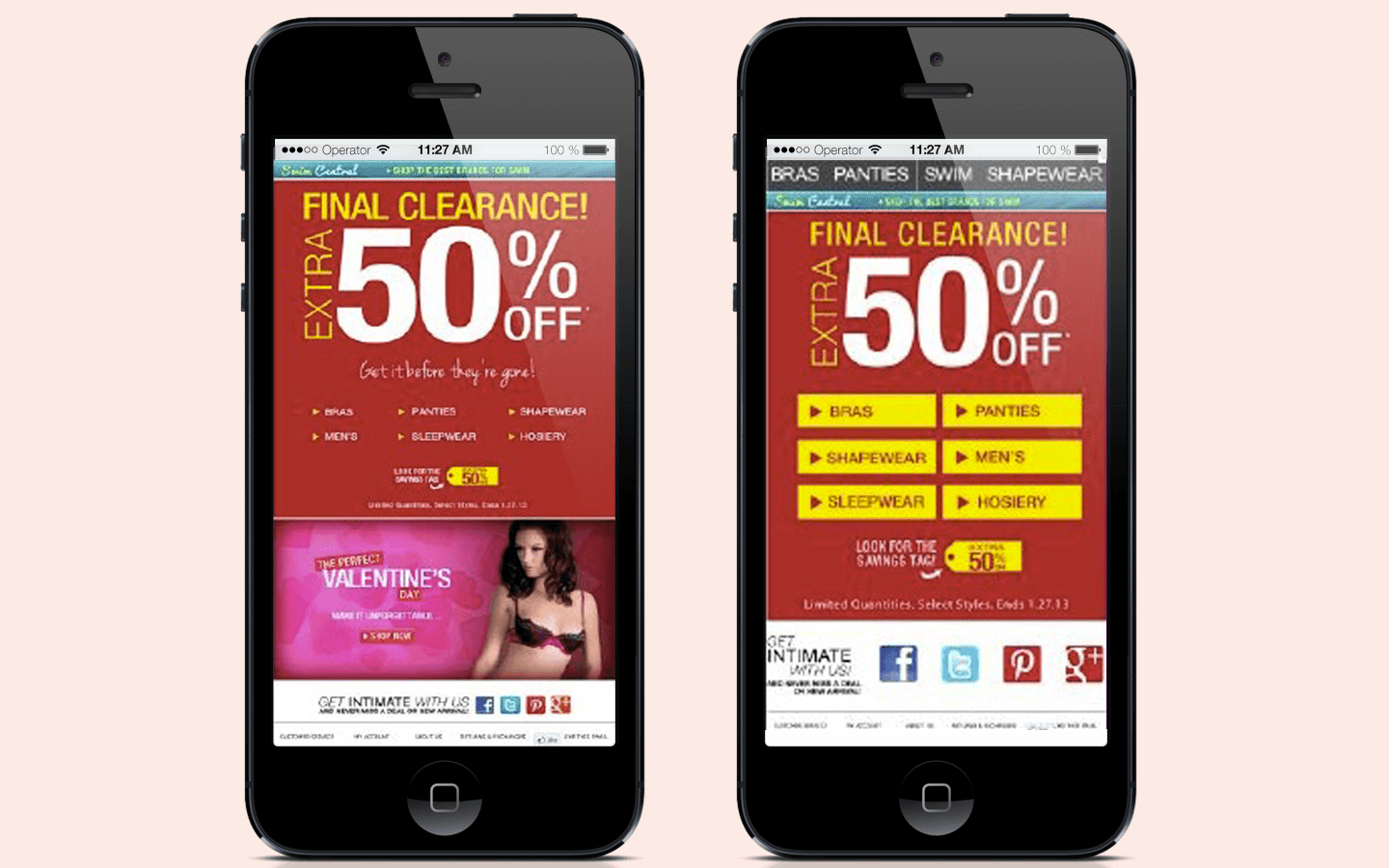
4- Not including a Call To Action
What’s the point of sending an in-app message about a new feature without telling customers where to click to get a tour? Or a push notification about a sale on men’s watches without a clear “Shop Now” button taking them to that particular landing page?
Solution: Customers shouldn’t have to work to spend money. Don’t clutter or confuse; a call to action should be simple and obvious. All-in-one restaurant management software company Toast found that emails with a single call to action increased clicks 371% and sales 1617%.
5- Not capturing important data
There are touch points to capture data from the second a customer learns about a business to long after they’ve made a purchase. Businesses are missing the boat if they’re not collecting this marketing manna.
Solution: If businesses can think of each tidbit of information they garner as a piece of that customer’s profile puzzle, it’s easy to see why every company needs a data capture strategy.
Once it’s determined what data is needed, businesses can start identifying ways to capture it and how to apply the gathered data to its marketing goals.
This rating request from Del Loca took an opportunity to ask its customers how likely they were to recommend them. These types of campaigns could be triggered by an earlier reservation request or mobile order.
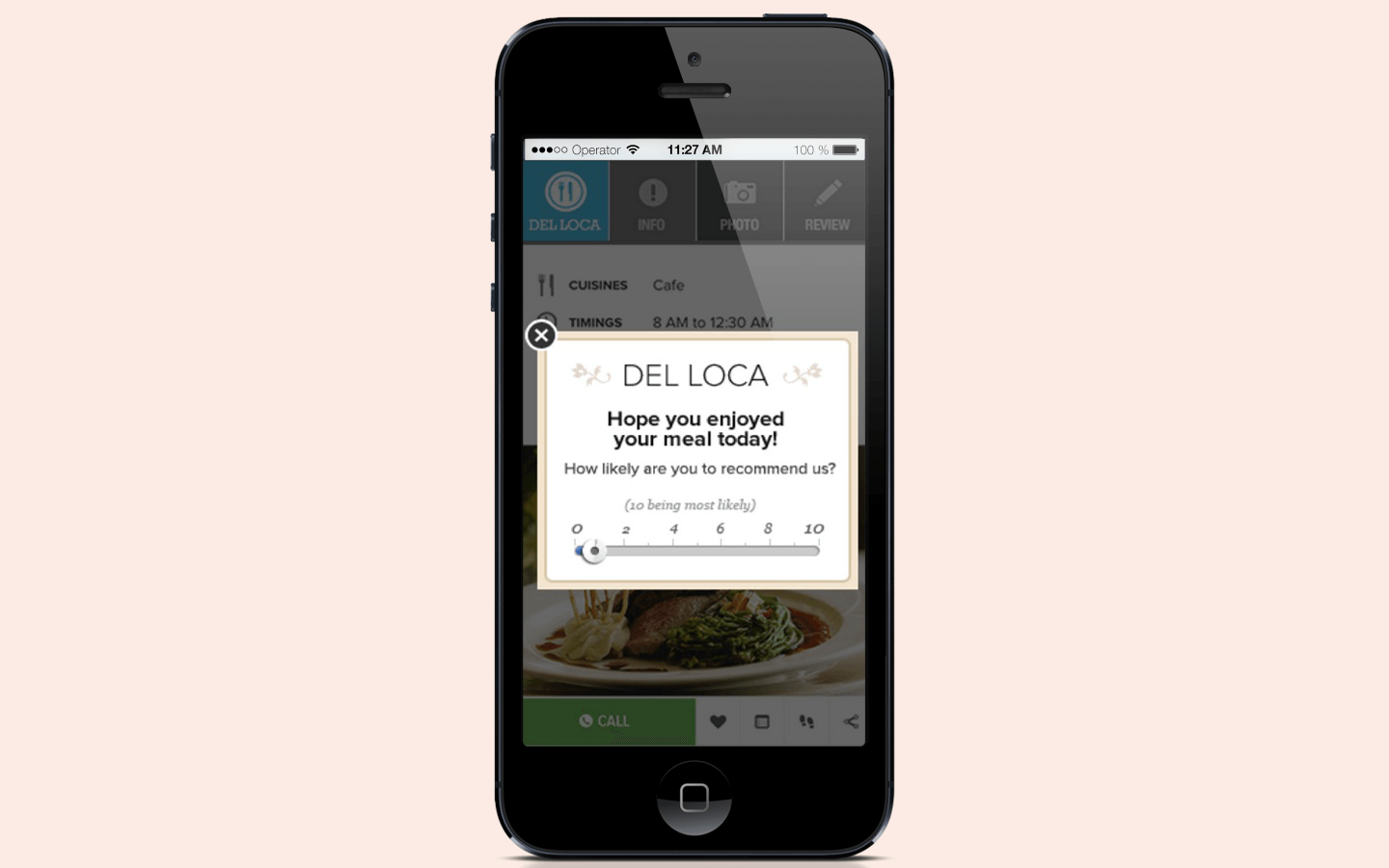
6- Only trying to get new customers
Brand-new businesses can focus solely on getting new customers. Existing businesses need to market to acquire, but also keep their current customers engaged, happy and nurtured, and that doesn’t always come from sales.
Solution: It’s vital that a company’s best customers feel special and appreciated. Sometimes, that calls for a rare 40% off promo code just for a loyal customer or a simple “thank you for being a customer” e-card over the holidays. Other times, it means suggesting items that they may like based on previous purchases or giving them a “sneak peek” before an online sale.
A report from BIA/Kelsey and Manta found that 61% of small businesses say that more than half of their revenue comes from repeat customers, and repeat customers spend 67% more than new customers.
7- Always selling
Customers are inundated with people trying to get them to buy something.
Solution: Sometimes, the best way of selling is to not sell. Sharing information, giving away something of perceived value, sending reminders or even just making them laugh can be a refreshing break from the constant onslaught of promotions showing up in their inbox or their phone’s home screen.
Paradise Pizza & Grill gives its customers a free piece of cake—or any other dessert of their choice—on their birthday.
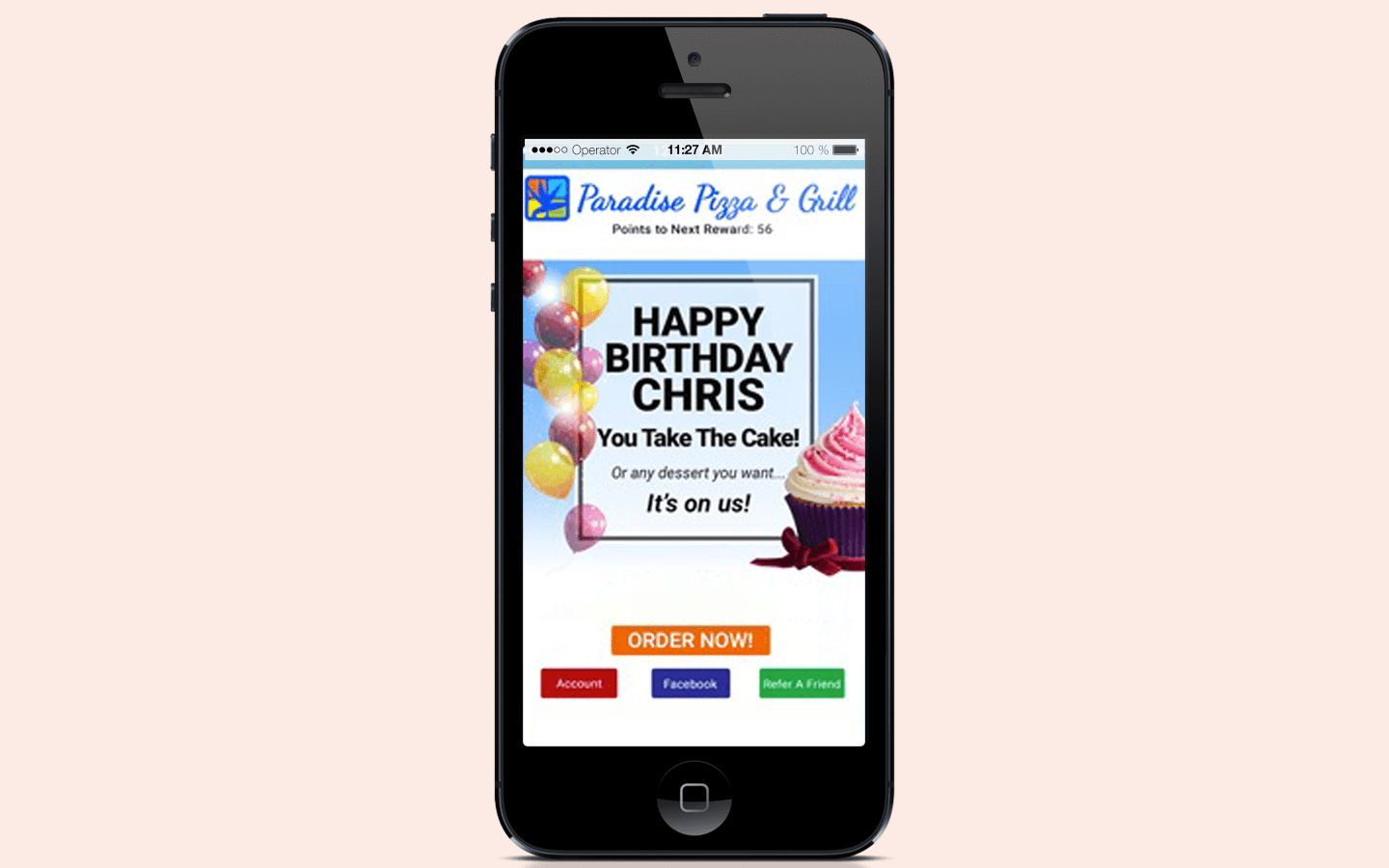
8- Relying solely on one channel
The sum of in-app messaging, emails, push notifications, social media, the Web and in-store beacons is stronger than its parts, and businesses that don’t use automated marketing with at least three or four channels are doing themselves a disservice.
Solution: Using multiple marketing channels can increase brand recognition, sales and app usage.
Hudson’s Café may catch its customers’ attention with the promotion via push notification below, but they require the recipient to order through the app to get it. It’s a smart move, especially considering the revenue potential apps have. According to Statistica, apps are now the preferred shopping channel of mobile buyers in Sweden, coming in at 46% vs. the 36% that prefer using a browser, and the U.S. can’t be far behind.
9- Only using one or two points of data
One-dimensional marketing is barely a step past blasting. Just because a pet store offering half off all weekend grooming can geofence to send push notifications to every pet owner within a three-mile radius doesn’t mean it has hit the jackpot.
Solution: By combining proximity-based strategies with several pieces of data, businesses can get it much closer to the bullseye.
A better alternative might be for the pet store to schedule push notifications to go out at 3 p.m. on Friday to dog owners who had previously used the grooming services and spent money on additional items in the store while waiting for their dog to be groomed.
10- Not using A/B testing
How does a business know which mobile marketing tactics are working and which aren’t?
Solution: The benefits of A/B testing—comparing the effects of two or more versions of something to determine the best options—will almost always produce results that far exceed the time and money spent on analysis. In fact, Steelhouse reports that using correct testing methods can increase conversion rates up to 300%.
One of the first steps in creating an A/B tests is to determine which variables to try out. These could include things like the size of buttons on a mobile website, the placement of price in an email, the color of the item in the photo, the wording of a call to action or product descriptions.
In the graphic below, 1-800-flowers.com tried a variety of promotions, changing the discount, the size of the logo, the amount of text and even a slight change in button location.
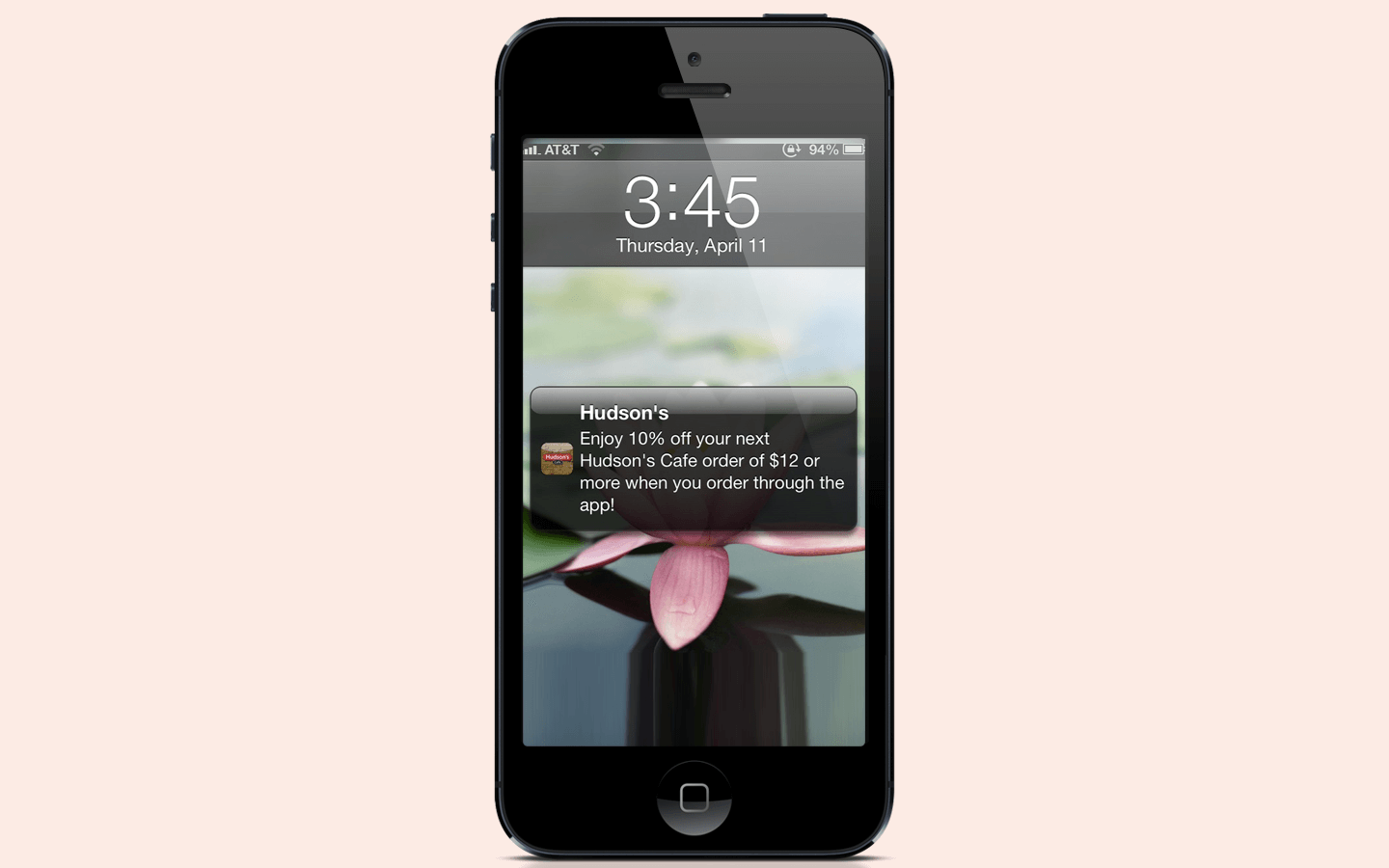
Mobile marketing automation allows businesses to reach customers and increase sales with limited time and resources. The ability to automate a process and have a system work for you is a major benefit for owners looking to promote a product or service.
While automation comes with a whole host of advantages, as we’ve outlined above, if it’s used incorrectly it can cause harm. Be sure to avoid these ten deadly marketing automation sins and you’ll keep your business on track for success.
Bonus Read – Why Marketing Automation Has To Count On Permission Marketing To Be Effective






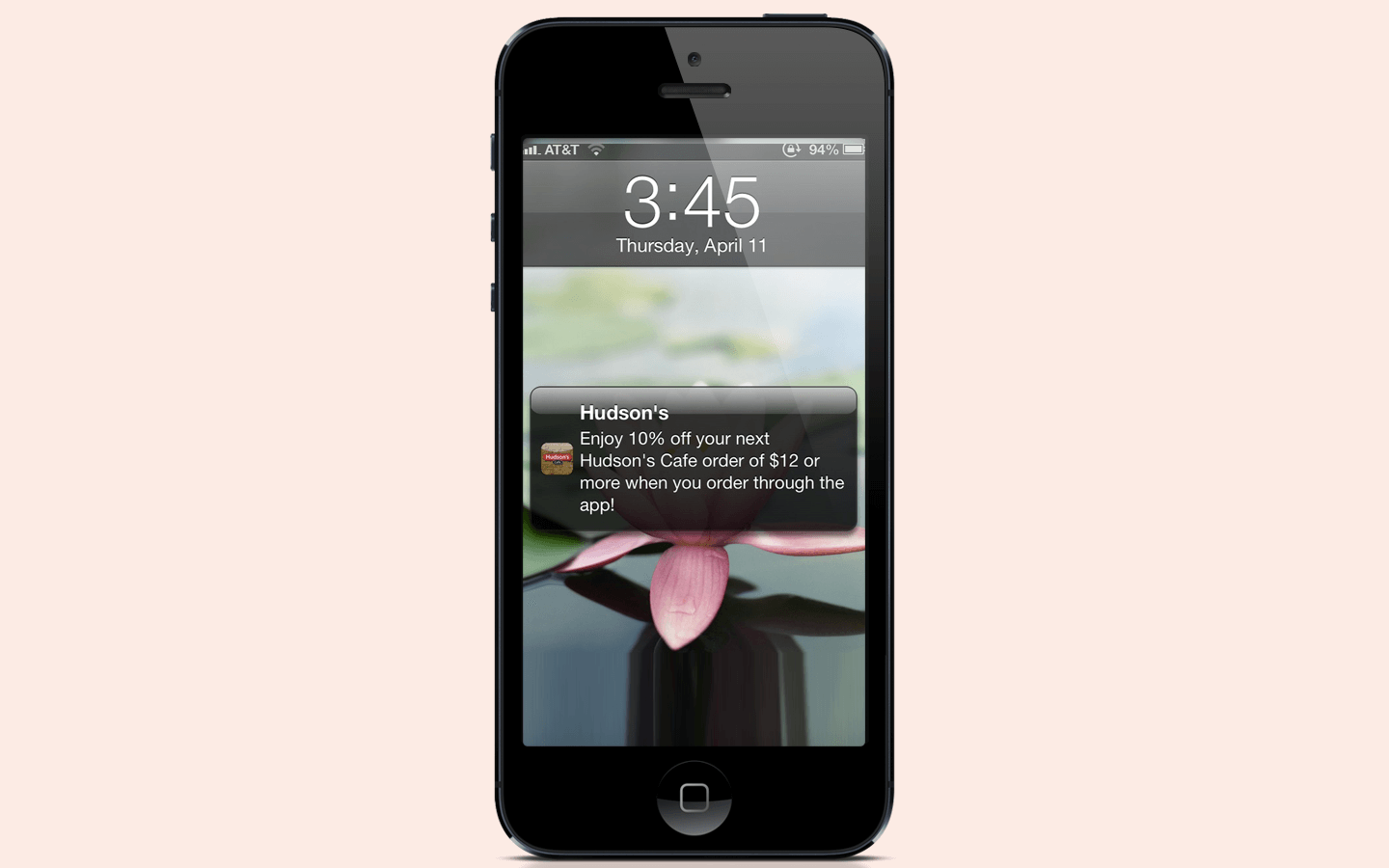

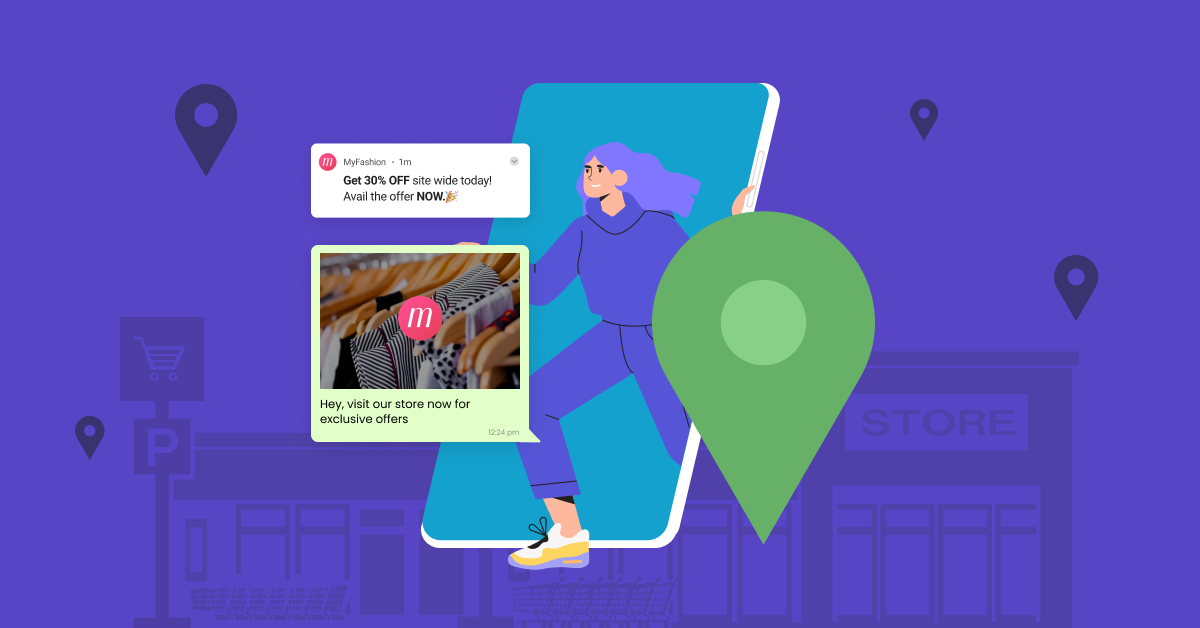
 Diksha Dwivedi
Diksha Dwivedi
 Vanhishikha Bhargava
Vanhishikha Bhargava

 Prakhya Nair
Prakhya Nair